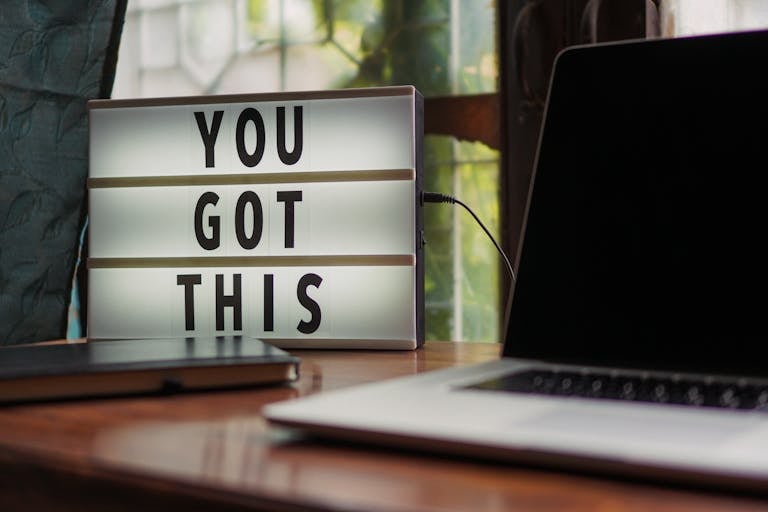In a world that never logs off, the line between connected and overwhelmed is razor-thin. Social media, email, and endless notifications demand constant attention, draining your energy and blurring the separation between work, rest, and real life.
That’s why setting personal boundaries in the digital age isn’t just helpful—it’s essential. It’s about protecting your focus, your well-being, and your relationships from the creeping burnout of being always available.
Here’s how to do it with clarity and confidence.

1. Define Your Digital Limits
Start by deciding what digital balance means to you. Ask:
- How many hours do I want to spend online daily?
- Which apps are productive and which are distracting?
- When do I feel most overstimulated?
Once you define what’s healthy for you, it’s easier to spot when your boundaries are being crossed.
2. Create a Notification Filter
Notifications are designed to hijack your attention. You don’t need to see every ping, buzz, or banner.
Do this:
- Turn off non-essential app notifications
- Use “Do Not Disturb” during focus hours
- Silence group chats or social apps after a set time
Protecting your mental bandwidth begins with controlling what gets your attention.
3. Designate Screen-Free Zones and Times
Give yourself space to recharge. Set boundaries like:
- No phones at the dinner table
- No screens 30 minutes before bed
- No checking emails before breakfast
These rules create pockets of presence in your day where you’re fully engaged offline.
4. Communicate Your Boundaries Clearly
Let others know how you operate online. For example:
- “I don’t respond to work messages after 7 PM.”
- “I check social media once per day at noon.”
- “I prefer voice messages over late-night texts.”
Clear boundaries create respect—and they reduce pressure to be always on.
5. Use Technology to Enforce Boundaries
Ironically, tech can help you build better tech habits.
Try:
- Screen time apps like Forest, Freedom, or StayFocusd
- Phone settings to limit app usage after certain hours
- Calendar blocks for “no screen” time
Let your tools support your discipline, not sabotage it.
6. Unfollow and Unsubscribe Ruthlessly
Your digital space should feel light and intentional, not overwhelming.
Ask yourself:
- “Does this content bring value or stress?”
- “Is this email newsletter worth my attention?”
- “Am I following accounts that inspire me?”
Every unsubscribe is a boundary reclaiming your mental clarity.
7. Practice the Power of Saying “No”
It’s okay to decline a Zoom invite, ignore a group chat, or skip a trending challenge. The fear of missing out (FOMO) can be real, but so is the joy of missing out (JOMO).
Choosing peace over pressure is a sign of strength—not isolation.
Q: How can I avoid feeling guilty for not replying instantly?
A: Set expectations with others and remind yourself that instant replies are not a requirement for respect or care. Your time is valuable.
Q: Can I still stay connected while having boundaries?
A: Absolutely. Digital boundaries aren’t about disconnection—they’re about intentional, quality connection on your terms.
Audit your digital habits today. Set one new boundary and stick to it for 7 days. Notice how it shifts your mental clarity and emotional energy.

I’m EKBAL HOSSAIN MONDAL, the creator of SmartSolveTips.com — a blog dedicated to helping people improve productivity, avoid digital burnout, and live better online. With years of hands-on experience in self-development and digital wellness, I write practical tips and tools to help you stay focused and thrive in a fast-paced digital world.






